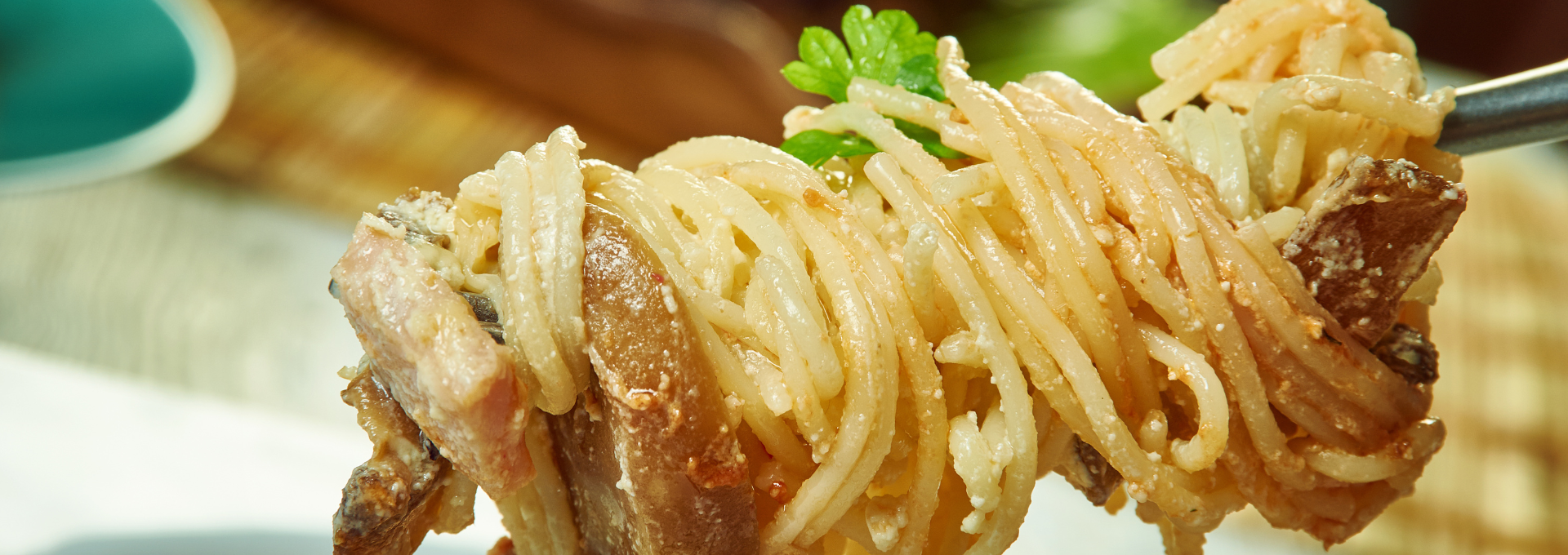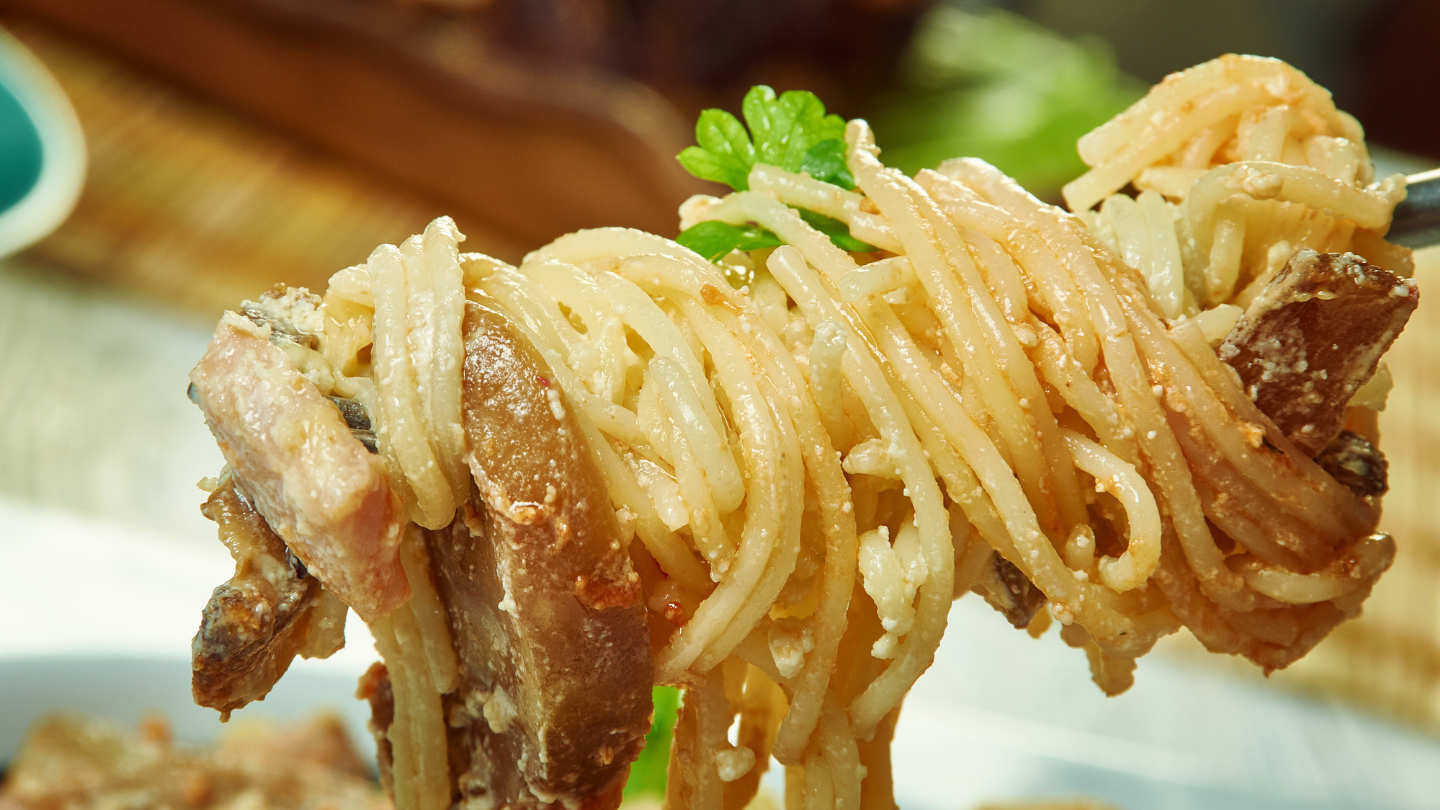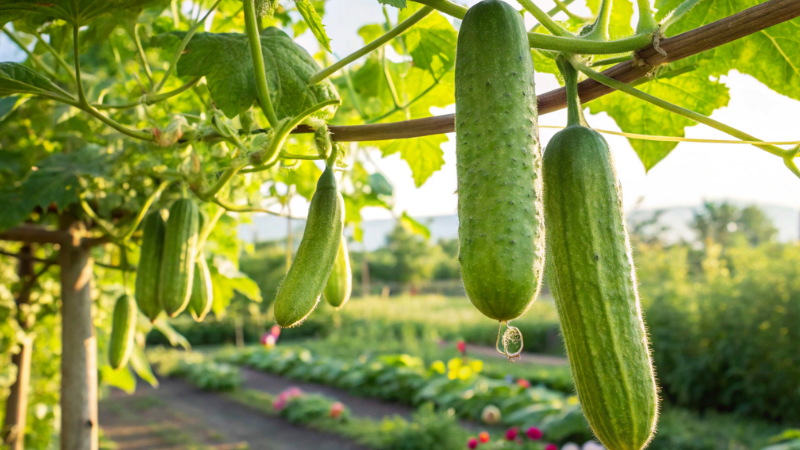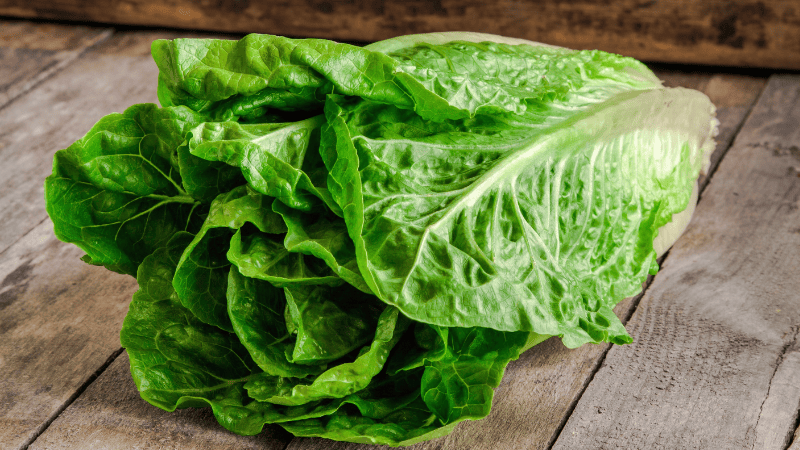
Pasta alla Trapanese: the authentic flavor of Western Sicily
Pasta alla Trapanese, a symbol of local cuisine
Pasta alla trapanese is an iconic recipe from the cuisine of western Sicily, especially the province of Trapani, with a truly distinctive preparation. Its essence lies in pesto alla trapanese, a raw, intensely fragrant sauce made with simple and local ingredients: fresh tomatoes, peeled almonds, Nubia red garlic, basil, pecorino cheese, and extra virgin olive oil. What makes the dish even more authentic is the pasta that accompanies it: busiate, a traditional format from the area, shaped by twisting the dough around a thin stick. The result is a rustic yet flavorful dish that perfectly reflects the Sicilian culinary philosophy: essential, rooted in the land, and full of identity.

The history of Pasta alla Trapanese
The origins of pasta alla trapanese go back to when Genoese sailors docked in the port of Trapani during their Mediterranean journeys. It was from them that locals discovered a sauce called agliata, made with garlic and walnuts. The people of Trapani reinterpreted it using the ingredients of their own land — replacing walnuts with almonds and adding tomatoes and basil — thus creating a new kind of pesto, rich in the flavors of Sicily. This encounter between cultures gave birth to a recipe that today forms part of Sicily’s culinary heritage, officially recognized as a traditional agri-food product.
The recipe for Pasta alla Trapanese
To prepare traditional pasta alla trapanese, start with the pesto. The ingredients — ripe tomatoes, almonds, garlic, basil, pecorino, and olive oil — are blended together until you obtain a dense, aromatic cream. Meanwhile, cook the busiate, preferably fresh. Once al dente, drain the pasta and mix it with the pesto, ensuring the sauce coats every spiral. The dish can be enjoyed hot or at room temperature, making it perfect even in summer. Some variations include additions like eggplant or potatoes to further enhance the flavor.


